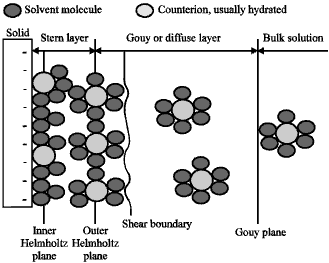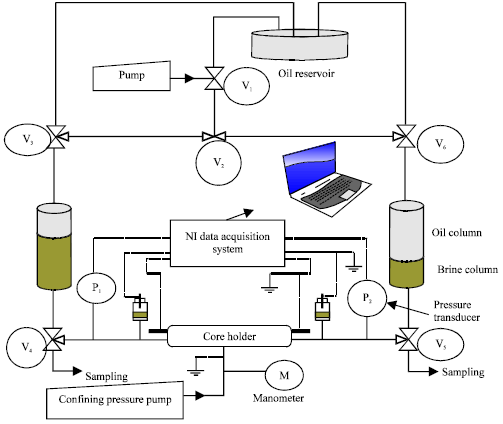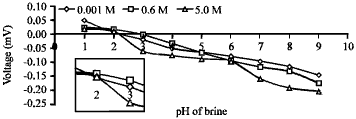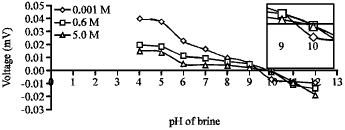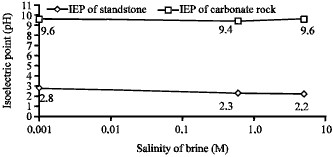Research Article
Measurement of Isoelectric Point of Sandstone and Carbonate Rock for Monitoring Water Encroachment
Department of Petroleum Engineering, Skudai, Johor Bahru, 81310, Johor, Malaysia Faculty of Petroleum and Renewable Energy Engineering, Universiti Teknologi Malaysia, Skudai, Johor Bahru, 81310, Johor, Malaysia
A. Mohd Nasir
Department of Petroleum Engineering, Skudai, Johor Bahru, 81310, Johor, Malaysia Faculty of Petroleum and Renewable Energy Engineering, Universiti Teknologi Malaysia, Skudai, Johor Bahru, 81310, Johor, Malaysia
M.F. Hamid
Department of Petroleum Engineering, Skudai, Johor Bahru, 81310, Johor, Malaysia Faculty of Petroleum and Renewable Energy Engineering, Universiti Teknologi Malaysia, Skudai, Johor Bahru, 81310, Johor, Malaysia









